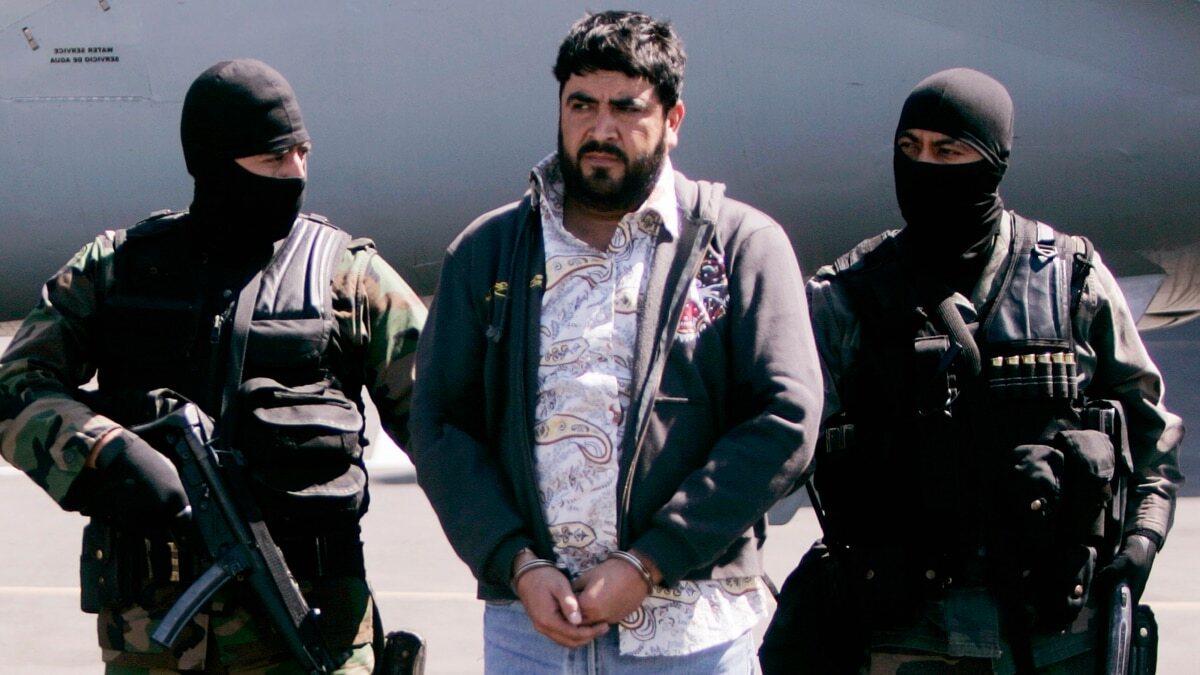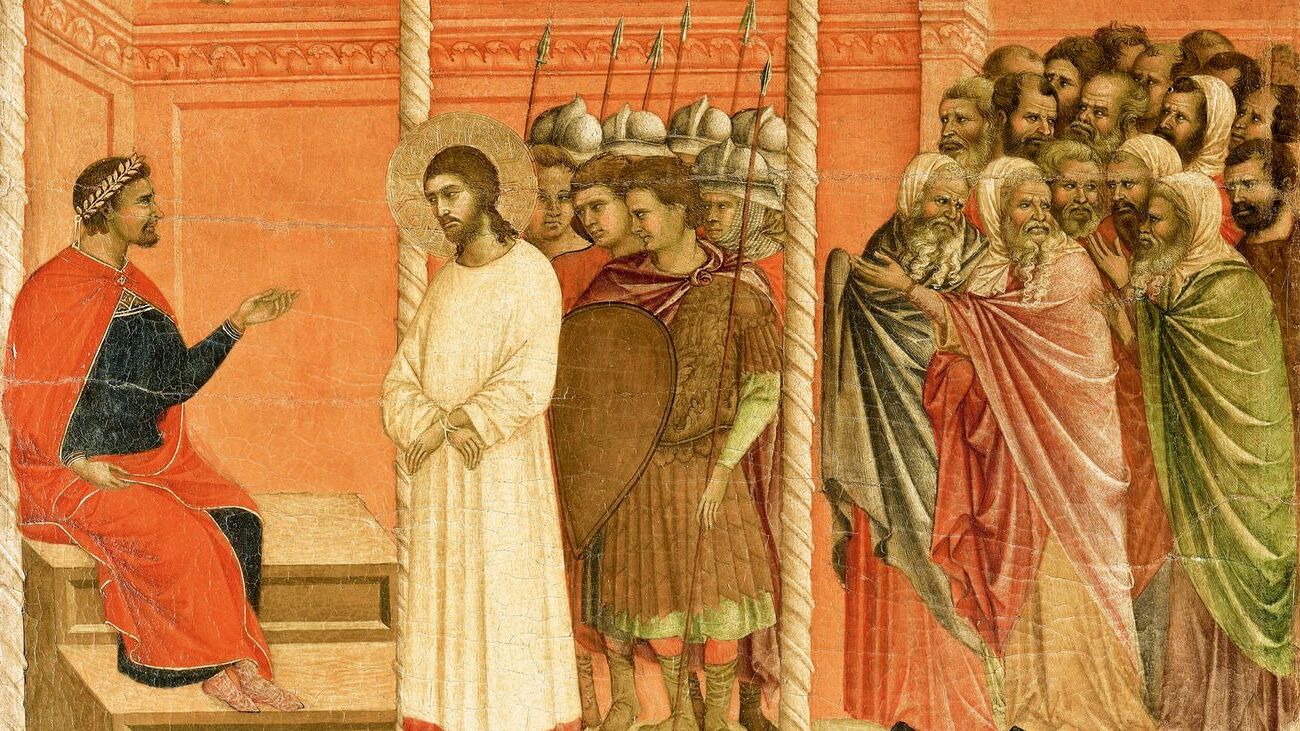
Martin Bryant is a name that sends chills down many spines. Known for the tragic Port Arthur massacre in Tasmania, Australia, Bryant's actions on April 28, 1996, left an indelible mark on history. This event resulted in 35 deaths and 23 injuries, making it one of the deadliest shootings by a single person. But who was Martin Bryant before that fateful day? What led him to commit such a heinous act? In this blog post, we'll delve into 35 facts about Martin Bryant, shedding light on his early life, the massacre, and its aftermath. Understanding these facts can help us grasp the complexities behind one of Australia's darkest days.
Key Takeaways:
- Martin Bryant's troubled childhood and family background, along with his adult isolation and mental health struggles, provide insight into the factors that may have contributed to the tragic Port Arthur massacre.
- The Port Arthur massacre had a profound impact on Australia, leading to changes in gun control laws, mental health awareness, and victim support services, while also prompting personal reflections on Bryant's regret and hobbies in prison.
Early Life
Martin Bryant's early years were marked by various events that shaped his future. Here are some intriguing facts about his childhood and upbringing.
- Born on May 7, 1967: Martin Bryant was born in Hobart, Tasmania, Australia.
- Troubled Childhood: He exhibited behavioral issues from a young age, often described as disruptive and difficult.
- Low IQ: His IQ was measured at 66, indicating a significant intellectual disability.
- Animal Cruelty: Reports suggest he displayed cruelty towards animals during his youth.
- School Struggles: Bryant struggled academically and socially, often being bullied by peers.
- Psychiatric Evaluations: He underwent multiple psychiatric evaluations, which noted his antisocial behavior.
Family Background
Understanding Bryant's family background provides insight into his early influences and environment.
- Father's Influence: His father, Maurice Bryant, was a significant figure in his life, though their relationship was complex.
- Mother's Role: Carleen Bryant, his mother, was often overwhelmed by Martin's behavior and sought help from professionals.
- Siblings: He had a younger sister, Lindy, who also faced challenges due to Martin's behavior.
- Financial Struggles: The Bryant family faced financial difficulties, adding stress to their household.
- Father's Suicide: Maurice Bryant committed suicide in 1993, a traumatic event for Martin.
Adult Life
Bryant's adult life was marked by increasing isolation and troubling behavior.
- Inheritance: He inherited a substantial amount of money from a family friend, Helen Harvey, which he used to travel and purchase properties.
- Travel: He traveled extensively, visiting countries like the United States and Europe.
- Isolation: Despite his travels, he remained socially isolated and struggled to form meaningful relationships.
- Odd Jobs: He held various odd jobs but was unable to maintain steady employment.
- Mental Health: His mental health continued to deteriorate, with increasing signs of paranoia and delusions.
The Port Arthur Massacre
The most infamous chapter of Bryant's life is the Port Arthur massacre, a tragic event that shocked the world.
- Date of the Massacre: The massacre occurred on April 28, 1996.
- Location: It took place at the Port Arthur historic site in Tasmania.
- Casualties: Bryant killed 35 people and injured 23 others.
- Weapons Used: He used two semi-automatic rifles during the attack.
- Capture: He was captured the following day after a standoff with police.
- Motivation: His exact motivation remains unclear, though various theories suggest a desire for notoriety or revenge.
Legal Proceedings
Following the massacre, Bryant faced legal proceedings that resulted in his imprisonment.
- Arrest: He was arrested on April 29, 1996.
- Charges: He faced 72 charges, including 35 counts of murder.
- Guilty Plea: Bryant pleaded guilty to all charges on November 7, 1996.
- Sentencing: He was sentenced to 35 life sentences without the possibility of parole.
- Imprisonment: He is currently incarcerated at Risdon Prison in Tasmania.
Impact and Legacy
The Port Arthur massacre had a profound impact on Australia and led to significant changes.
- Gun Control Laws: The massacre prompted Australia to implement strict gun control laws, including a buyback program.
- Public Mourning: The event led to widespread public mourning and memorials for the victims.
- Media Coverage: Extensive media coverage brought international attention to the tragedy.
- Mental Health Awareness: The case highlighted the importance of mental health awareness and support.
- Victim Support: Various support services were established for the victims and their families.
- Historical Significance: The Port Arthur massacre remains one of the deadliest shootings in modern history.
Personal Reflections
Some personal reflections and lesser-known facts about Bryant's life and actions.
- Regret: Reports suggest that Bryant has expressed regret for his actions, though this is debated.
- Art and Hobbies: In prison, he has taken up painting and other hobbies to pass the time.
Reflecting on Martin Bryant's Life
Martin Bryant's life is a chilling reminder of how one individual can impact history. Born in Tasmania, his actions during the Port Arthur massacre in 1996 left an indelible mark on Australia. This tragic event led to significant changes in gun laws, showcasing the power of collective action in response to tragedy.
Bryant's early life showed signs of trouble, with behavioral issues and a lack of social connections. These factors, combined with access to firearms, culminated in a devastating outcome. Understanding his background helps us grasp the importance of mental health support and responsible gun ownership.
While Bryant's name is often associated with horror, the changes that followed his actions highlight society's resilience. By learning from the past, we can work towards a safer future, ensuring such tragedies are less likely to occur again.
Frequently Asked Questions
Was this page helpful?
Our commitment to delivering trustworthy and engaging content is at the heart of what we do. Each fact on our site is contributed by real users like you, bringing a wealth of diverse insights and information. To ensure the highest standards of accuracy and reliability, our dedicated editors meticulously review each submission. This process guarantees that the facts we share are not only fascinating but also credible. Trust in our commitment to quality and authenticity as you explore and learn with us.


